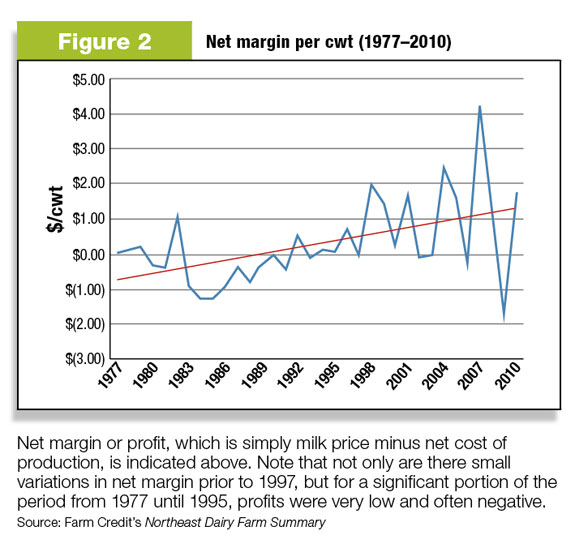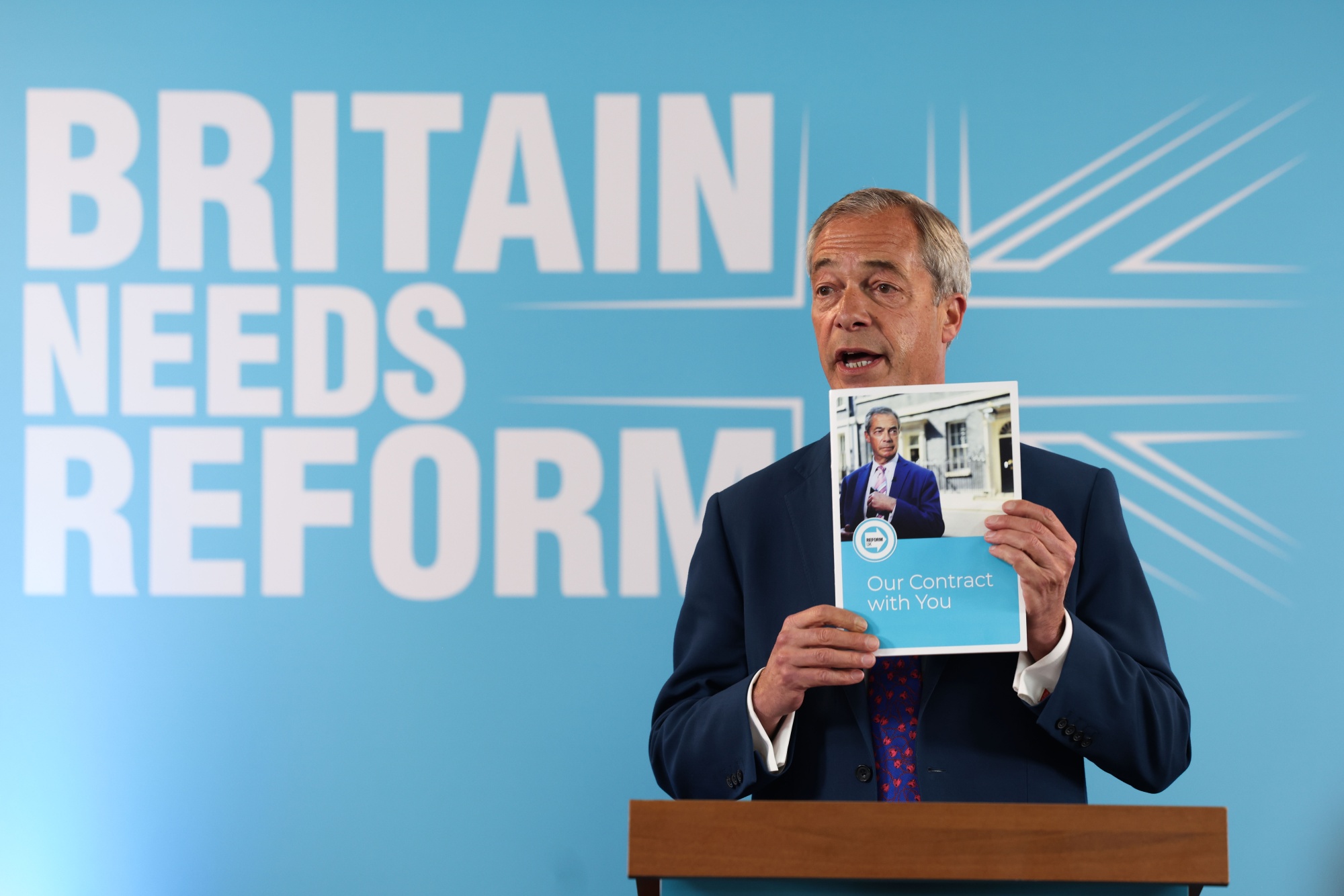Oil Price Volatility: A Major Threat To Airline Profitability

Table of Contents
Fuel Costs as a Major Expense for Airlines
The Significance of Jet Fuel
Jet fuel constitutes a substantial portion of an airline's operating costs, often second only to labor. Even minor fluctuations in oil prices can significantly impact the bottom line, creating a precarious situation for airlines already operating on tight margins. The cost of jet fuel is directly tied to the price of crude oil, meaning that any increase in crude oil prices will directly impact the price of jet fuel, and thus the profitability of airlines.
- Airlines typically hedge against price fluctuations but cannot completely eliminate risk. Hedging involves using financial instruments to offset potential losses from price changes, but it's not a foolproof solution. Market volatility can still impact even the most sophisticated hedging strategies.
- Increased fuel costs directly impact ticket prices, potentially reducing demand. Airlines are often forced to pass on increased fuel costs to consumers through higher fares, leading to a decrease in passenger numbers, especially among price-sensitive travelers. This creates a delicate balancing act between profitability and maintaining passenger demand.
- Fuel efficiency of aircraft plays a crucial role in mitigating the impact of price volatility. Airlines are increasingly investing in more fuel-efficient aircraft to reduce their reliance on fluctuating fuel prices. Modern aircraft designs, incorporating aerodynamic improvements and advanced engine technology, represent a key strategy in managing fuel costs.
Impact of Unexpected Price Spikes
Sudden and sharp increases in oil prices can severely erode profit margins, forcing airlines to implement drastic cost-cutting measures or significantly raise fares. These unexpected price spikes can create significant financial instability for airlines, putting pressure on their financial health and overall sustainability.
- Examples of past oil price shocks and their effects on airline performance include the 2008 global financial crisis and the recent geopolitical events impacting oil supply. These instances highlighted the vulnerability of airlines to external economic shocks. Analysis of these events reveals the devastating impact of high oil prices on airline revenue and profitability.
- Discussion of airlines' strategies for managing unexpected price increases (e.g., route adjustments, fleet optimization) is crucial. Airlines may temporarily reduce the number of flights on less profitable routes or ground less fuel-efficient aircraft in response to sudden price spikes, impacting overall operational capacity and potentially leading to job losses.
The Ripple Effect of Oil Price Volatility on Airline Operations
Passenger Demand and Ticket Prices
Higher oil prices translate to higher airfares, potentially decreasing passenger demand, particularly for price-sensitive travelers. The impact on demand is directly correlated to the magnitude of price increase and the price elasticity of demand for air travel.
- Analysis of the elasticity of demand for air travel in relation to price changes reveals that air travel is, to a certain degree, price elastic. While some passengers will always travel regardless of price, others will postpone or cancel travel plans if fares rise significantly.
- Strategies airlines use to maintain demand during periods of high fuel costs (e.g., promotions, loyalty programs) include offering discounts, flexible fare options, and enhanced loyalty rewards to incentivize passengers and offset the impact of higher ticket prices.
Investment and Expansion Plans
Oil price volatility can significantly influence airlines' investment decisions regarding fleet expansion, new routes, and technological upgrades. The uncertainty surrounding fuel costs makes long-term financial planning exceptionally difficult and risky.
- Examples of delayed or cancelled expansion projects due to oil price uncertainty are numerous. Airlines are often forced to postpone or cancel plans for purchasing new aircraft, opening new routes, or implementing technological upgrades due to the uncertainty of fuel costs. This impacts the airline's growth and ability to stay competitive.
- The importance of forecasting and risk management in mitigating these risks cannot be overstated. Robust forecasting and risk management are crucial for airlines to navigate the challenges of oil price volatility and make informed decisions about their long-term investments.
Strategies for Mitigating the Impact of Oil Price Volatility
Fuel Hedging
Airlines often engage in fuel hedging strategies to protect against adverse price swings. This involves using financial instruments, such as futures contracts and options, to lock in fuel prices at a predetermined rate.
- Explanation of various hedging techniques (futures contracts, options) requires understanding the complexities of the financial markets and the specific risks associated with each hedging strategy. While hedging can reduce the impact of price volatility, it's not without its risks.
- Discussion of the limitations of hedging and potential downsides is crucial. Hedging is not a perfect solution and can sometimes result in losses if market conditions move unexpectedly. Furthermore, hedging strategies require sophisticated financial expertise and can be expensive.
Improving Fuel Efficiency
Investing in more fuel-efficient aircraft and adopting fuel-saving operational practices can significantly reduce the impact of oil price volatility. This approach focuses on reducing the airline's overall fuel consumption, lessening its dependence on fluctuating fuel prices.
- Examples of fuel-efficient aircraft technologies include lighter-weight materials, advanced aerodynamics, and more fuel-efficient engines. These technologies are crucial to reducing fuel consumption and operating costs.
- Discussion of operational strategies for fuel conservation (e.g., optimized flight paths, weight reduction) includes implementing precise flight planning, reducing aircraft weight through efficient baggage handling, and employing advanced flight management systems to optimize fuel efficiency.
Conclusion
Oil price volatility presents a significant and ongoing challenge to airline profitability. The industry's heavy reliance on jet fuel means that even modest price fluctuations can have a considerable effect on operating costs, impacting ticket prices, passenger demand, and investment strategies. Airlines must implement comprehensive strategies, including fuel hedging, fleet modernization, and operational efficiency improvements, to mitigate the risks associated with oil price volatility and ensure long-term financial health. Understanding and actively managing the impact of oil price volatility and its fluctuations is crucial for the sustainable success of any airline. Proactive planning and strategic adaptation are essential to navigating the unpredictable landscape of fuel costs and ensuring a profitable future.

Featured Posts
-
 Reform Uk Understanding Nigel Farages Contribution To Its Rise
May 03, 2025
Reform Uk Understanding Nigel Farages Contribution To Its Rise
May 03, 2025 -
 Tesla Ceo Search Exclusive Update On Elon Musks Successor
May 03, 2025
Tesla Ceo Search Exclusive Update On Elon Musks Successor
May 03, 2025 -
 Shop Harry Potter Merchandise Online A Guide For Fans
May 03, 2025
Shop Harry Potter Merchandise Online A Guide For Fans
May 03, 2025 -
 A Place In The Sun Navigating The International Property Market
May 03, 2025
A Place In The Sun Navigating The International Property Market
May 03, 2025 -
 Local Elections 2024 The Reform Party And Nigel Farages Prospects
May 03, 2025
Local Elections 2024 The Reform Party And Nigel Farages Prospects
May 03, 2025
